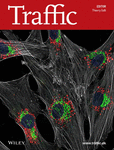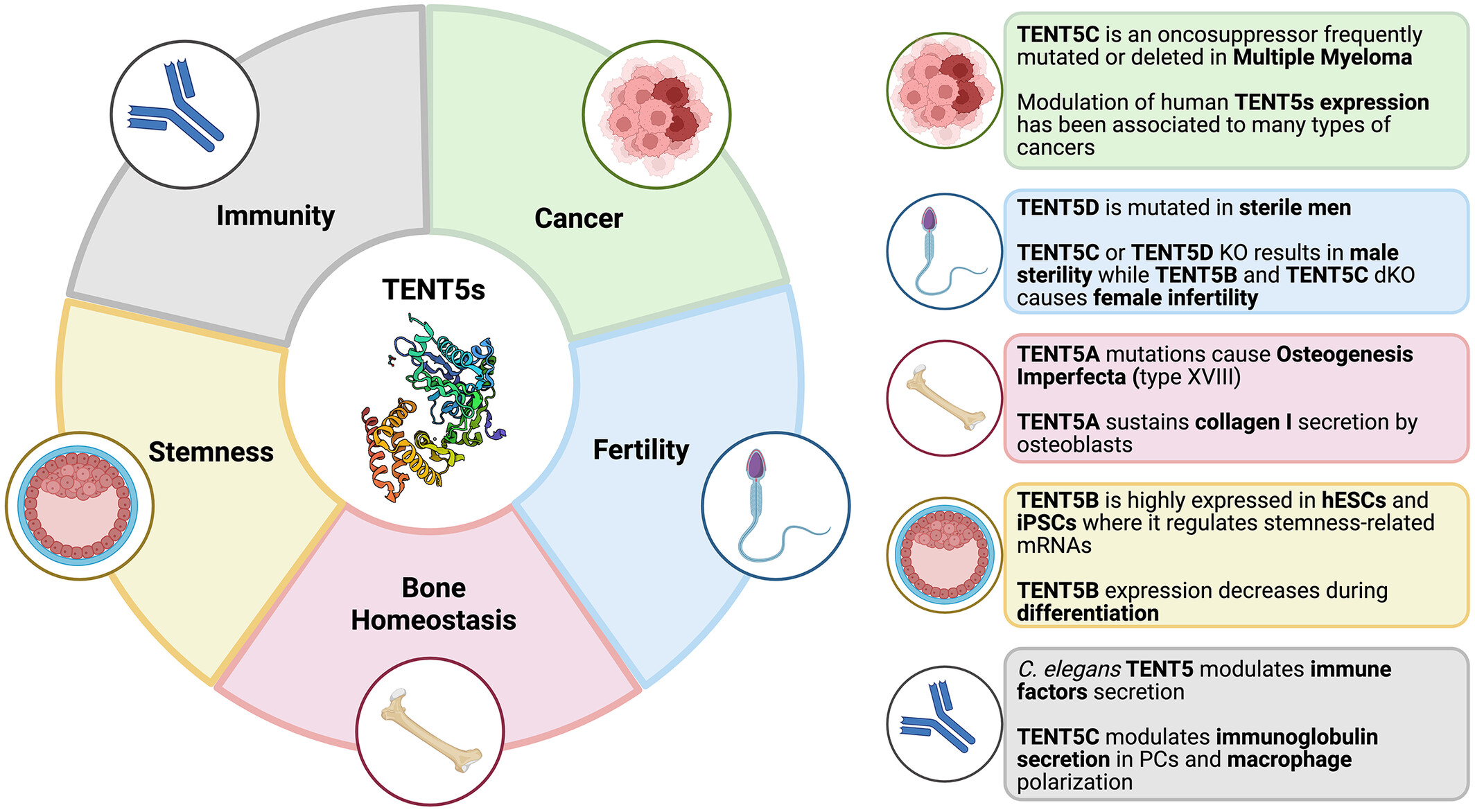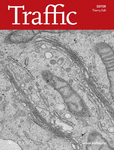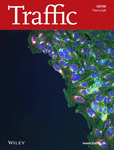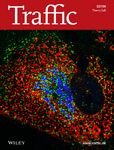Edited By: Thierry Galli
Traffic is a cell biology and biochemistry journal devoted to intracellular transport in health and disease, covering disciplines such as developmental biology, neuroscience, immunology, and infection in eukaryotes. We aim to publish manuscripts at the forefront of this field.
Papers provide insight into the mechanisms that underlie subcellular trafficking, membrane dynamics, and organelle function, and how these subcellular processes influence cellular physiology.
Journal Metrics
- 6.4CiteScore
- 2.5Journal Impact Factor
- 20%Acceptance rate
- 23 days Submission to first decision
Announcement

We are pleased to announce that Dr. Thierry Galli has been appointed as the new Editor-in-Chief of Traffic. Dr. Galli is currently the Director of the Institute of Psychiatry & Neurosciences of Paris, where he has been leading a team since 2018. We are excited to welcome Dr. Galli and look forward to his leadership and contributions to the journal.
Articles
Correction to “Eps15R and Clathrin Regulate EphB2-Mediated Cell Repulsion”
- 5 June 2025
Salmonella Typhimurium Manipulates Syntaxin 7 to Navigate Endo-Lysosomal Trafficking in Host Cells
- 30 May 2025
Graphical Abstract
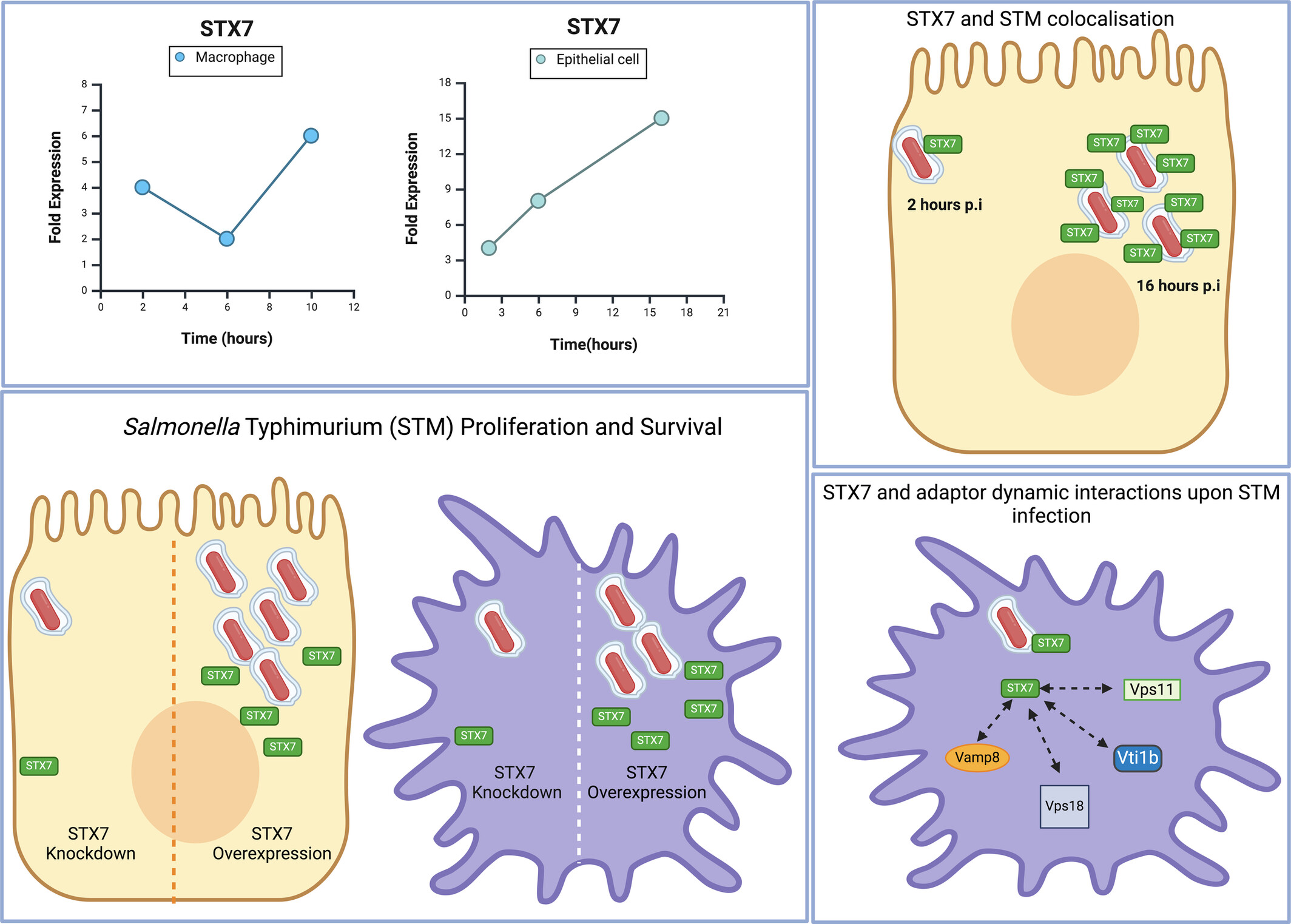
Salmonella Typhimurium hijacks the host Qa-SNARE syntaxin 7 (STX7) to manipulate endo-lysosomal trafficking and sustain intracellular survival. STX7 displays cell–type–specific expression and localisation dynamics during infection. Knockdown of STX7 impairs bacterial entry and proliferation, while its overexpression enhances survival. STX7’s recruitment to Salmonella-containing vacuoles at key infection stages, along with dynamic regulation of its adaptors, underscores its pivotal role in vacuolar remodelling and bacterial pathogenesis.
A Sensitive and Versatile Cell‐Based Assay Combines Luminescence and Trapping Approaches to Monitor Unconventional Protein Secretion
- 21 May 2025
Graphical Abstract
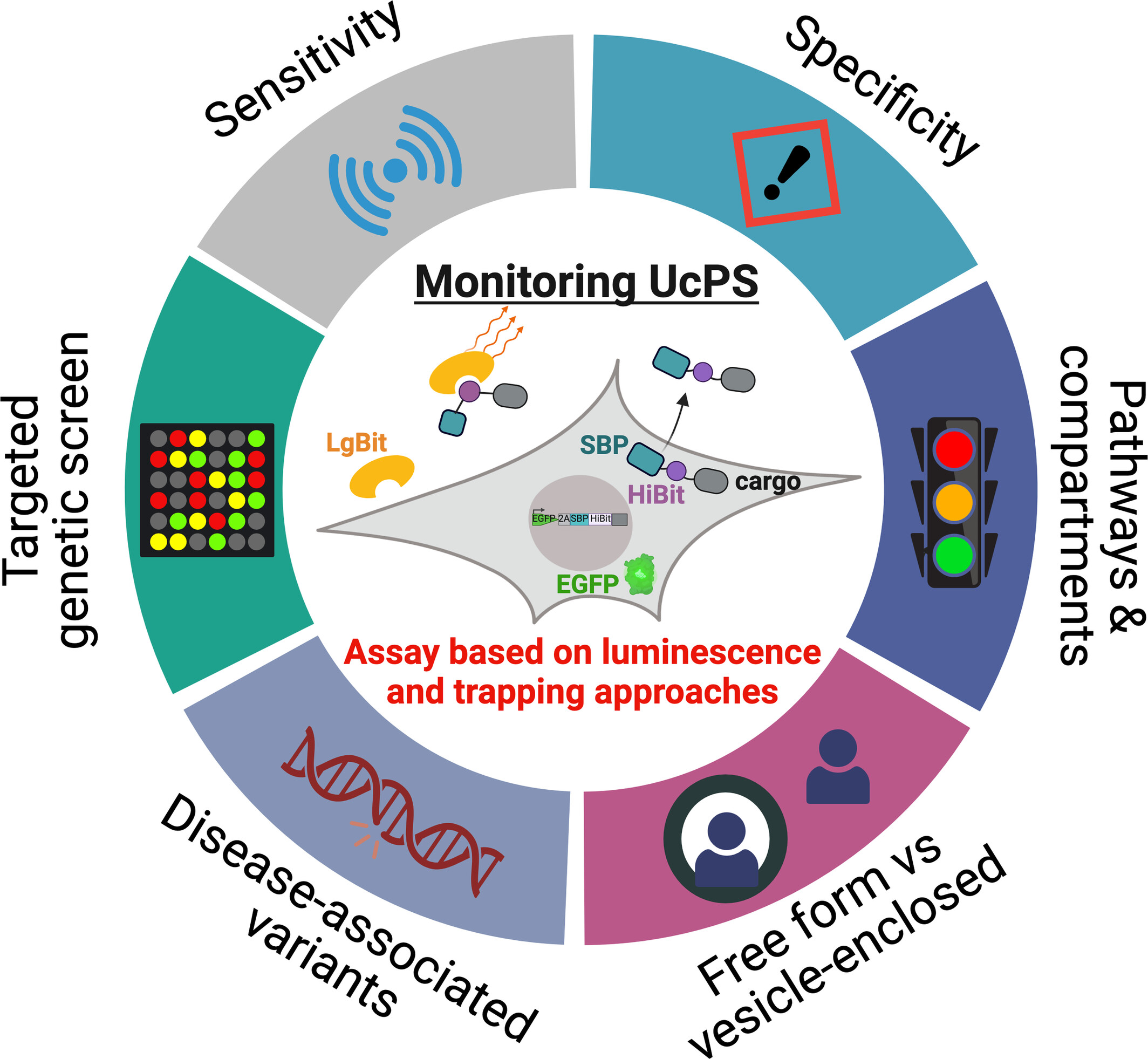
In this study, Denus et al. develop a powerful and highly customizable split luciferase-based assay allowing the analysis of multiple cargo proteins released by unconventional protein secretion. This assay provides a robust platform to address fundamental questions in the field of protein trafficking and secretion and advance our understanding of cellular communication.
BicD and MAP7 Collaborate to Activate Homodimeric Drosophila Kinesin-1 by Complementary Mechanisms
- 19 May 2025
Graphical Abstract
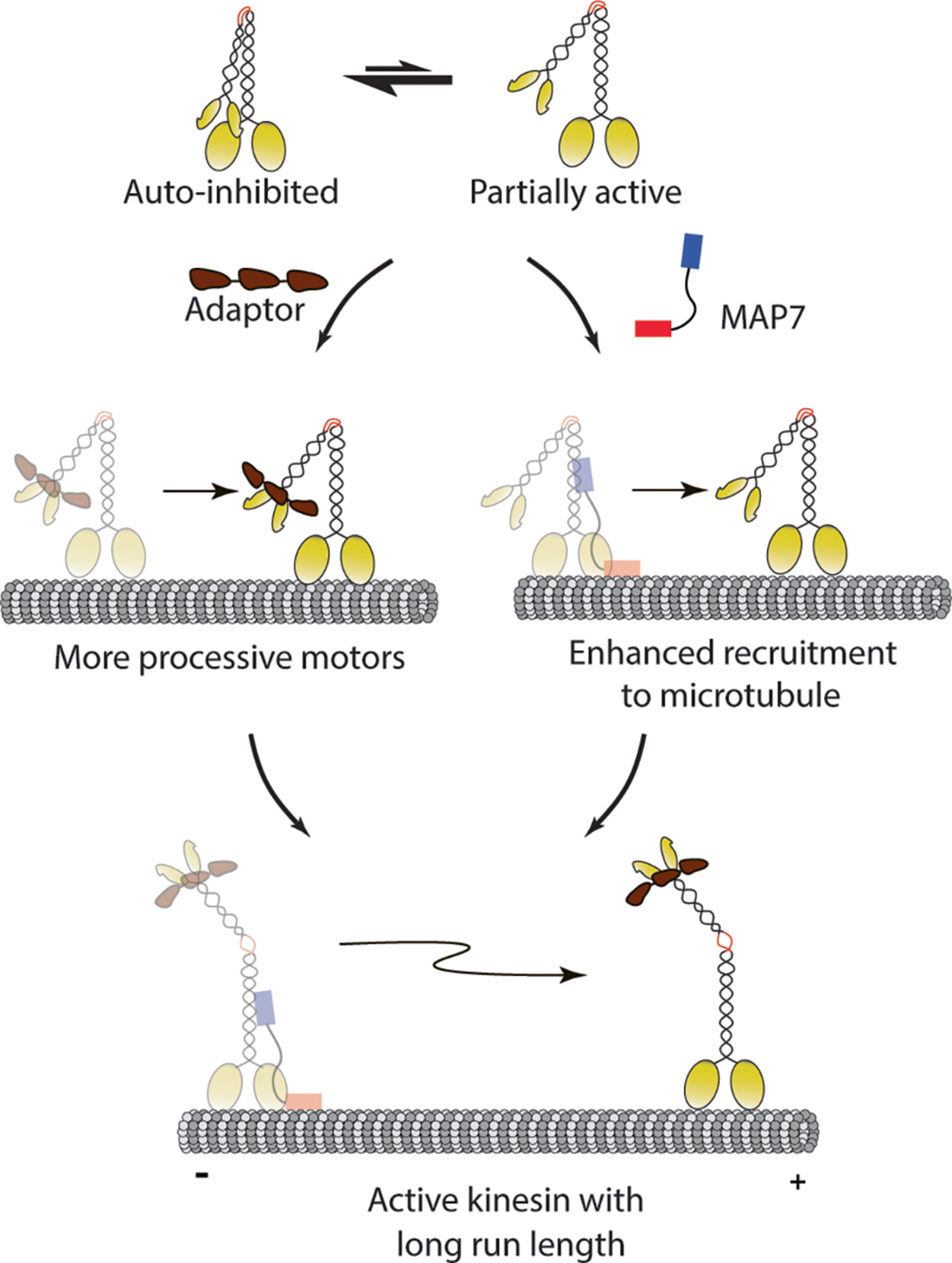
Kinesin-1 is auto-inhibited and binds microtubules weakly. Binding of kinesin-1 to the adaptor protein BicD enhances processive motion, while the microtubule-associated protein MAP7 recruits more kinesin to the microtubule and enhances run length. When BicD and MAP7 are combined, the most robust activation of kinesin-1 occurs, highlighting the crosstalk between adaptors and microtubule associated proteins in regulating transport.
Latest news
Recent issues
- Volume 26, Issue 7-9July‐September 2025
- Volume 26, Issue 4-6April‐June 2025
- Volume 26, Issue 1-3January/March 2025
- Volume 25, Issue 11-12November/December 2024




